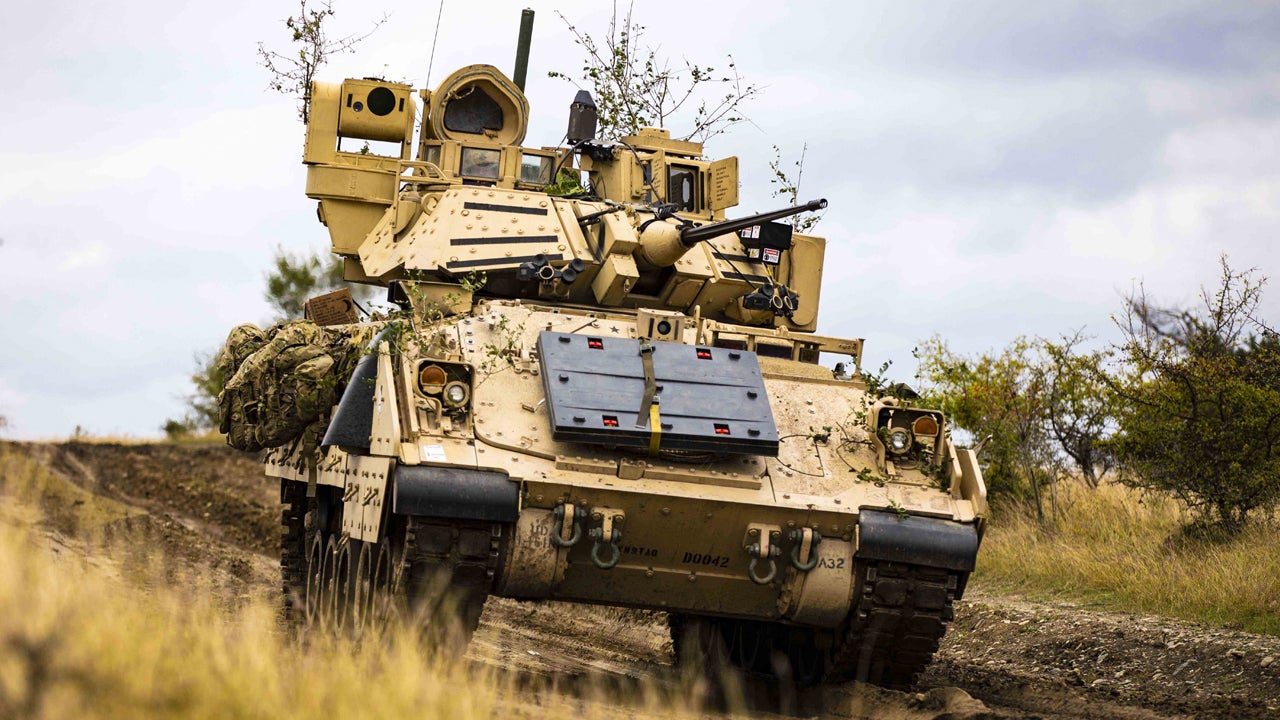Paper: Army Must Make Improvements for Future Fight
Paper: Army Must Make Improvements for Future Fight

Though the Army is “rightfully proud of its status as a premier land force,” the service will need to make several improvements to prepare for the future battlefield, argues the author of a new paper published by the Association of the U.S. Army.
In “Major Theater War: Challenges for the U.S. Army,” Richard Hooker Jr., a career Army officer who is a non-resident senior fellow with the Atlantic Council and a senior researcher with the University of Oxford’s Changing Character of War Program, suggests several improvements, including increasing the Army’s end strength and expanding its heavy brigades and its field artillery, short-range air defense and electronic warfare capabilities.
“For deterrence to be effective, our allies around the world must be confident that America will be there, on the ground, early in the fight,” the paper says. “Since the end of the Cold War, Army leaders have prioritized new technology over end strength. Implicit in this thinking is the dangerous assumption that technology can compensate for a lack of boots on the ground.”
Currently, the Regular Army has 10 divisions. To meet national security needs, the U.S. “needs a 12-division active Army,” Hooker says.
Further, less than a third of the Army’s 31 active maneuver brigades are armored brigades, the paper says. While the Army’s 13 light infantry formations are less expensive and easier to deploy, they “cannot realistically compete with today’s threat,” the paper says.
In response, the Army could convert its Stryker brigades into “true heavy brigades, perhaps with the reconditioned M1 and M2 platforms that are now in storage,” the paper says.
While Army leadership has restored the division artillery headquarters and supports funding for future systems, “the active force needs more cannon artillery now, on the order of one general support 155 mm battalion in each division and an additional cannon artillery brigade per corps,” the paper says.
Hooker also recommends the Army reactivate its divisional short-range air defense battalions and leverage its aviation abilities and provide air-to-air capability for its attack and assault helicopters.
Despite the need for improvements, the Army will continue to adapt and respond appropriately, Hooker writes.
“The Army has been here before. Its roots run deep in the American experiment and its resilience and adaptability are defining features of an institution that is unique among the Armed Forces,” the paper says. “As a flexible and forward-thinking organization, the Army is and should be constantly striving to improve its capabilities in a dangerous world.”
The paper is available here.

